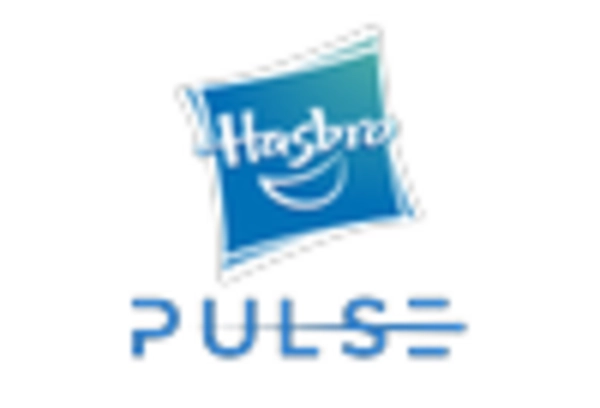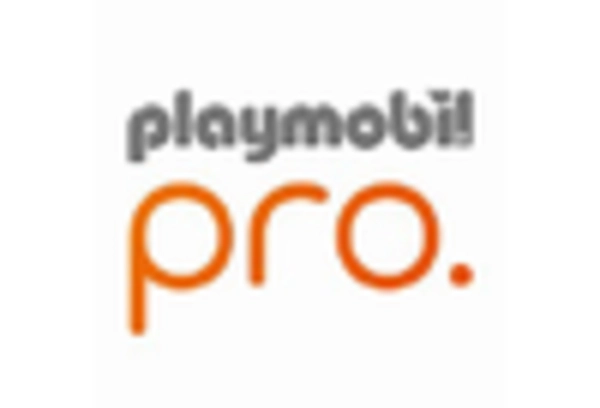Market Share
Toys Market Share Analysis
With a view of the vibrant and competitive environment in which arises from, market share positioning strategies have become central to influencing success and popularity among toy brands. Companies from the toy industry adopt different strategic approaches to gain market presence, create their own space in the field and become a leader within an industry. Product differentiation and continuous innovation are the fundamental pillars of capturing market share in toys manufacturing. Toys work hard to innovate and provide new products in the market. They specialize in creating toys that have unique characteristics, interactive features, educative value, and fun playing mode. Creative toys that embrace cutting-edge technologies like Artificial Intelligence, Augmented Reality or Robotics have the power to generate consumer interest helping brands stand out from competitors and capture a larger market segment. Market share positioning in the toys industry requires a strong brand presence and recognition. Brands spend money on marketing strategies which create brand identity, loyalty, and awareness from consumers. Consistent brand image, powerful stories and intriguing advertising campaigns leave a lasting impression on consumers that impacts their purchase decisions leading to higher market share. Obtaining licensing agreements and entering partnerships with popular entertainment brands help in gaining a share of the toy market. The relationships with movies, TV shows, video games and other media properties help toy brands to take advantage of the recognition of famous characters together with their storylines. Products which have licensed characters or theme-based properties help in creating brand associations; strong sales and market share is driven by consumer affinity for these entertainment products. Innovative marketing and promotional initiatives are imperative in gaining market share within the competitive toys industry. Brands use digital marketing, social media channels, influencer partnerships and interactive content to reach as well as interact with their target consumer. Successful launch of toys is supported by interactive marketing campaigns, contests, and engaging content creation that creates buzz around its exciting consumers and growing market share. A successful market presence through a strong retail presence and effective distribution strategies is essential to capture the consumer share in the toys industry. Brands make their products easily available in the market and strategically positioned at different retail outlets. This is done through strategic partnerships with retailers and partners such key chain stores, online marketplaces, specialty toy store among others also entail having exclusive distribution agreements that help in widening the market access as well as raise visibility enhancing eventually the overall share of marketing. Focusing on the educational and developmental value of toys is a strategic technique to gain market share.

















Leave a Comment